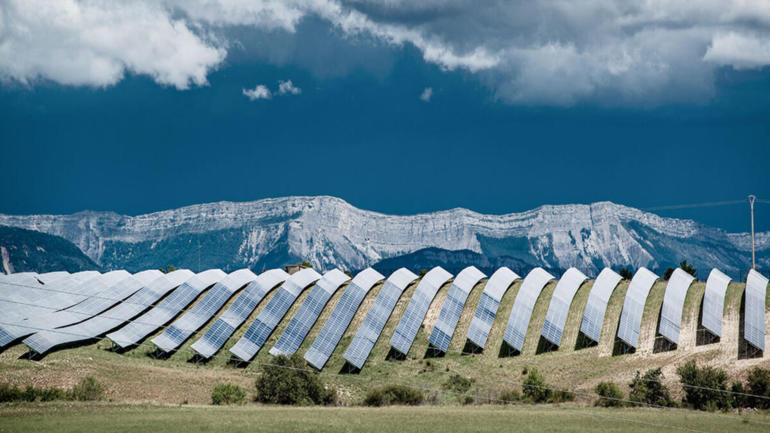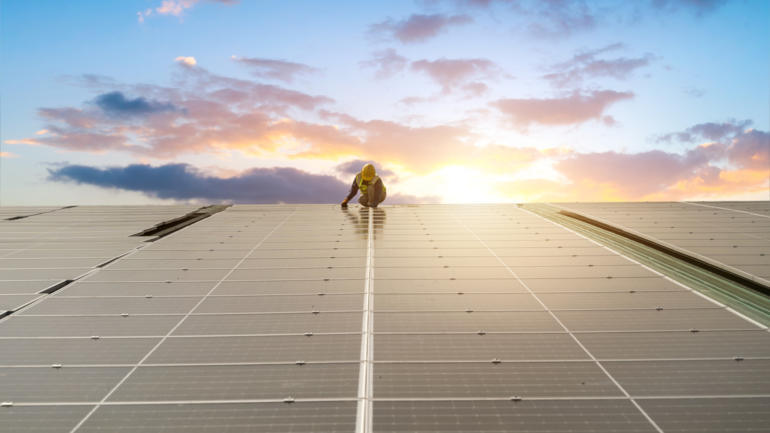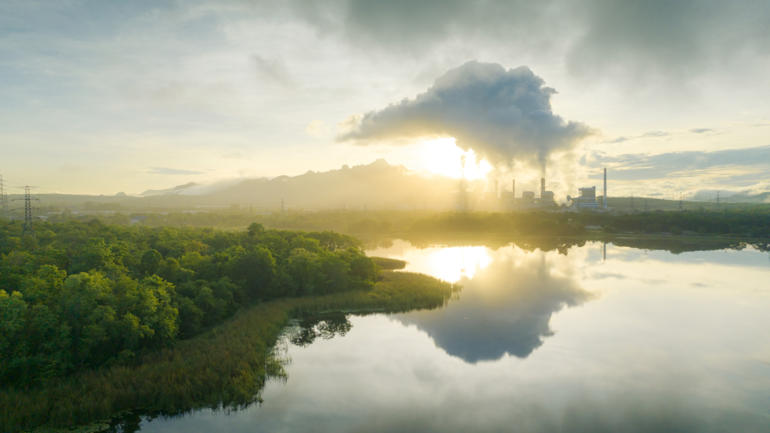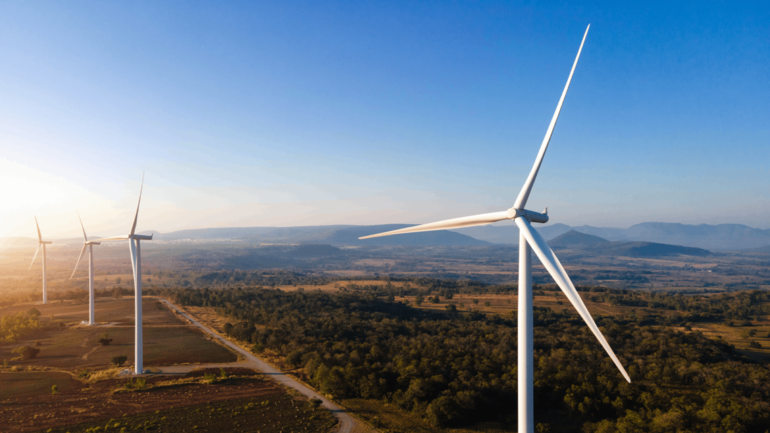New Delhi, India 26 June 2019: Today, the World Business Council for Sustainable Development (WBCSD) released Corporate Renewable PPAs in India – a market and policy update for 2019.
The goal of the paper is to inform corporate buyers and suppliers about key changes in India’s constantly evolving PPA landscape, to allow them to increase understanding of the renewable energy procurement environment across the region.
From 2016 to 2018, many large commercial and industrial customers in India started experimenting with procurement of renewable power. In 2018, this helped India emerge as the second largest corporate PPA market in the world.
Now, the Indian corporate PPA market is ready to move into the second phase of growth: more companies are starting to procure renewable energy, and companies with good initial experiences are scaling up procurement.
Last year, annual corporate PPA capacity additions in India rose past the 1 GW mark for the first time, supported by the sheer amount and variety of companies who are switching to renewable energy in the region. The list of corporate buyers adopting renewable power included global technology providers (Adobe, Microsoft), automotive manufacturers (Volvo, Mahindra), food and beverage companies (United Breweries, Coca Cola) and airports (Bangalore, Cochin).
Alongside this growth, the Indian power market is constantly evolving as the value chain learns, reacts and shifts to accommodate to the changing landscape of state-level electricity tariffs, policies and regulations.
The paper builds on last year’s report Accelerating corporate procurement of renewable energy in India (June 2018), which presents options for renewable power procurement and provides recommendations for corporate buyers in India.
Andrew Hines, Co-founder, CleanMax Solar commented:
"This WBCSD report explores the drivers of growth in corporate buying of renewable energy, a global trend which we are also witnessing in India.
Most leading corporates today are aiming for 50 to 100% reliance on renewable electricity, and they want to get there as soon as possible. In India, we have witnessed an increasing acceptance of the group captive model among corporate buyers as the most cost effective and lowest risk path to achieving their ambitious renewable sourcing targets.”
Dipjay Sanchania, Head – Carbon, Sustainability & Power Markets, CLP India commented:
“With a highly carbon intensive grid and high grid tariffs, theoretically it is no brainer for corporates to source as much RE as possible in order to reduce their environmental footprint and energy costs. Practically, the open access charges and its volatility determines if it is possible to source RE, how much and through what type of structure. Hence, it is important for corporates to do rigorous due diligence on regulatory aspects and the generator’s capabilities to withstand regulatory volatility. This report provides real-life examples of these regulatory changes and outlook.”








